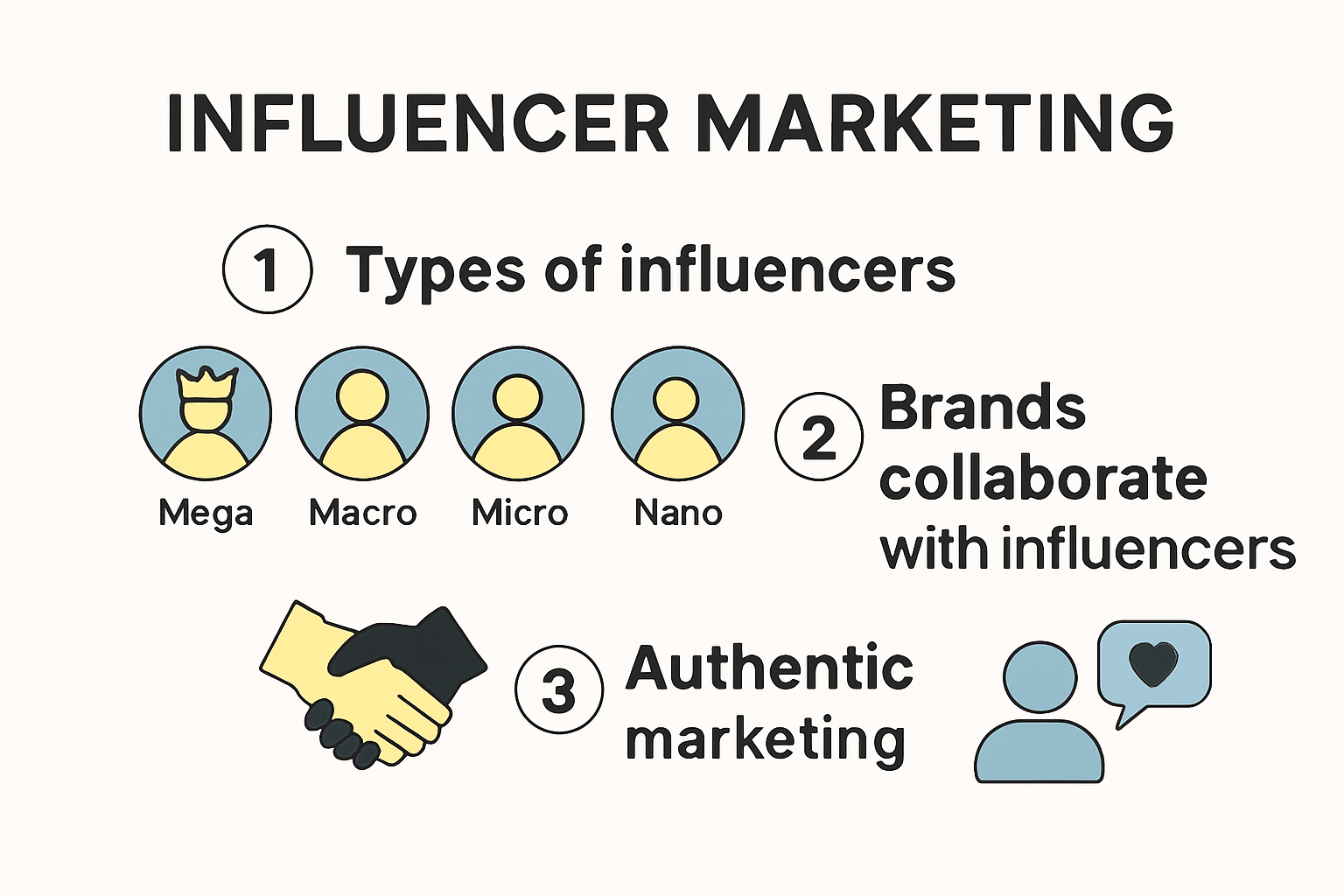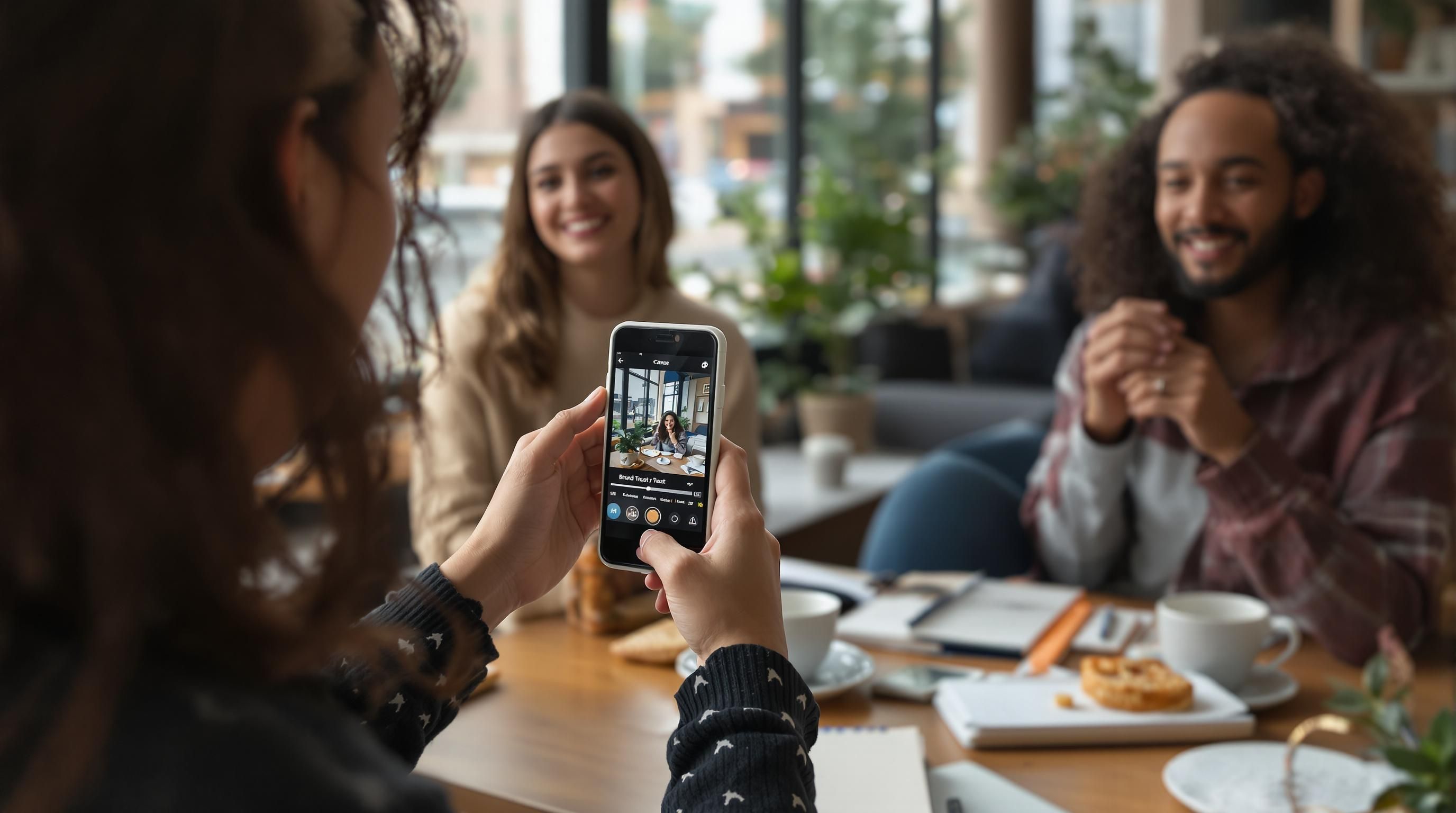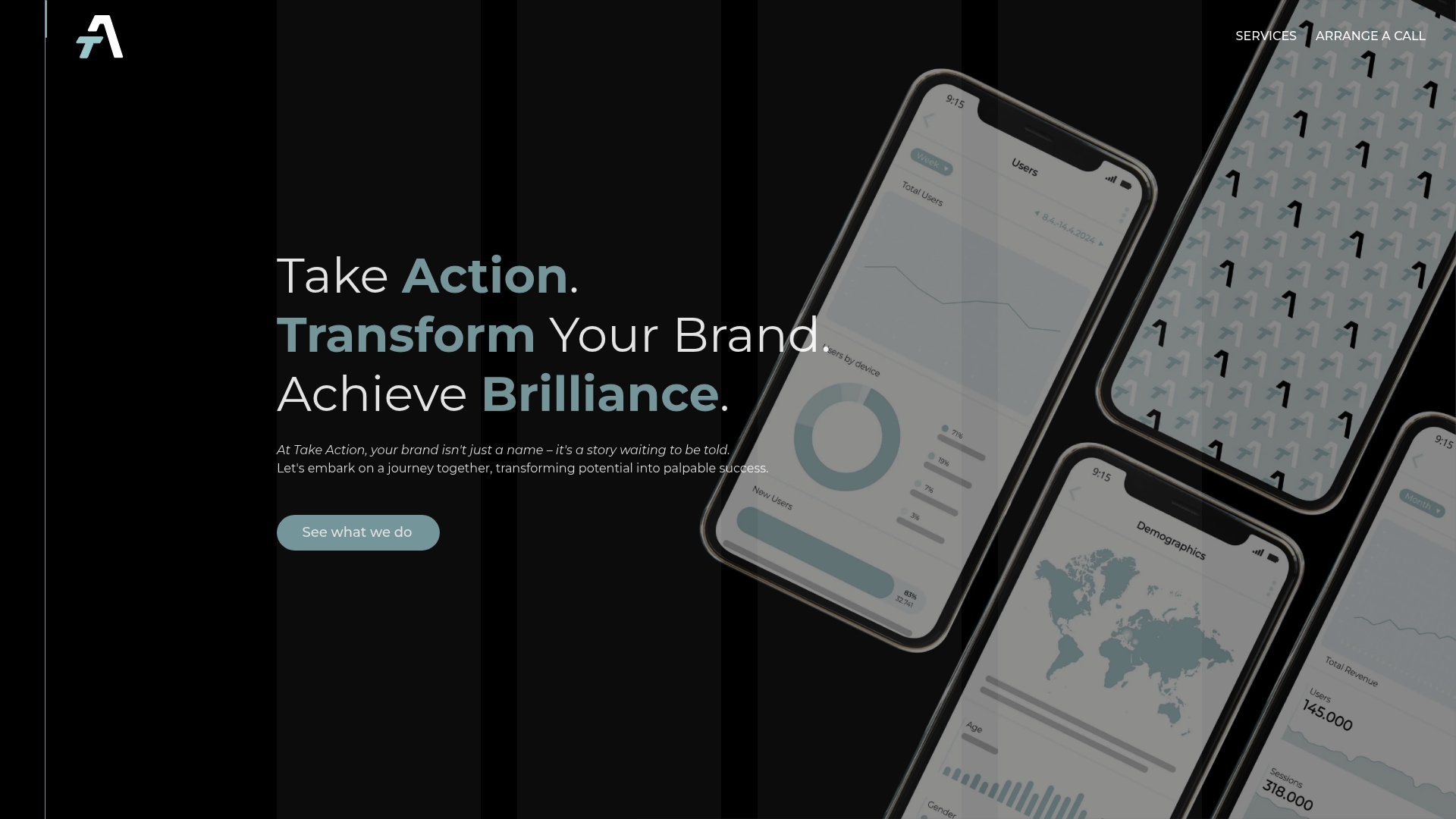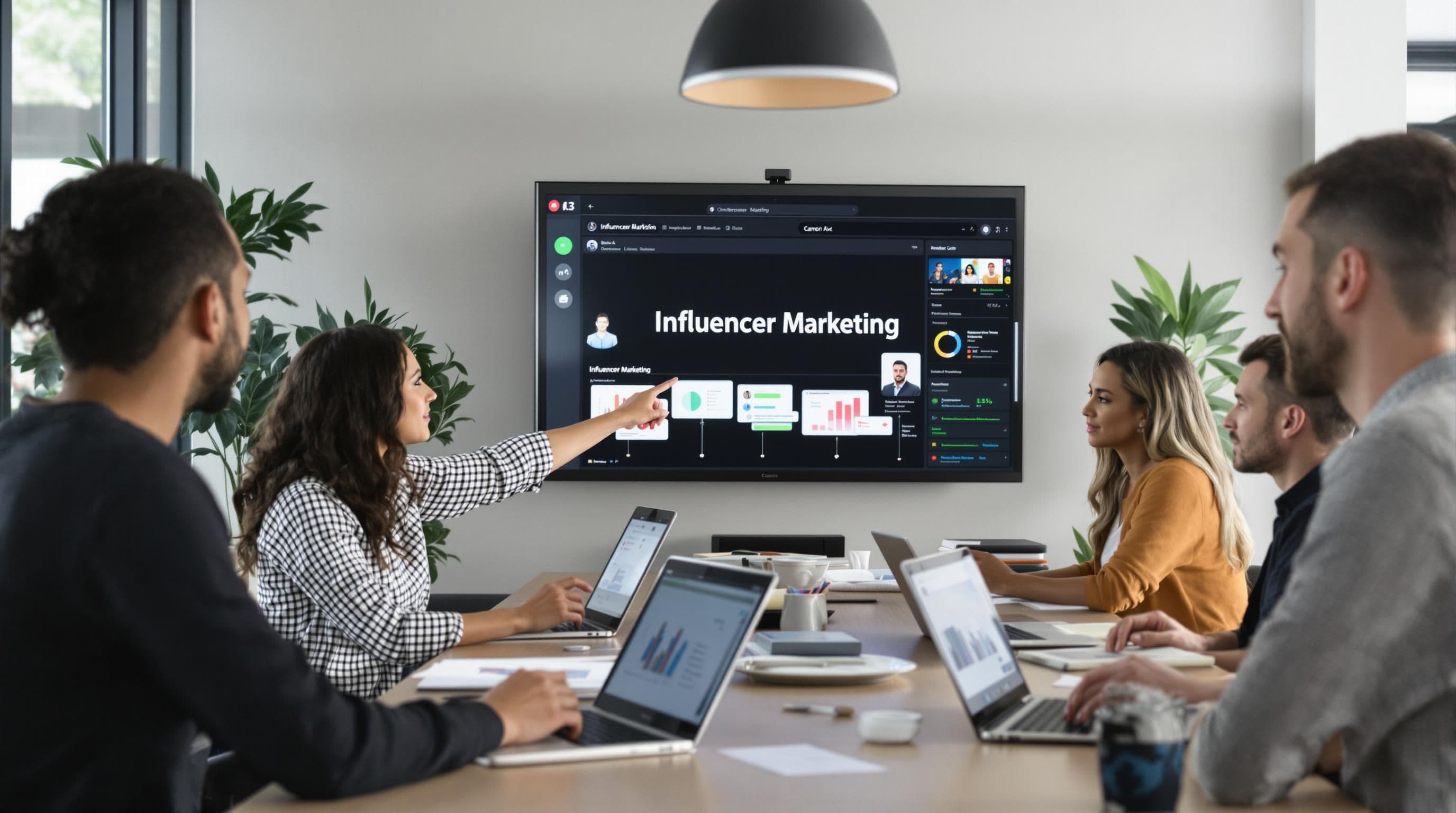Influencer Marketing Explained: 2025 Guide for Business Growth
Influencer marketing has completely changed how brands connect with real people online. These days, over 93 percent of marketers now use influencer campaigns to grow their business and reach new audiences. Most companies think you need a celebrity with millions of followers to get results but that is not the case. Micro and nano-influencers are delivering higher engagement and authentic connections for brands just like yours.
Table of Contents
- What Is Influencer Marketing Today
- Key Benefits For Small Businesses And Brands
- How To Choose The Right Influencers
- Campaign Strategies And Success Tips For 2025
Quick Summary
| Takeaway | Explanation |
|---|---|
| Influencer marketing builds authentic connections | Brands should leverage influencers who resonate personally with their audience for greater trust and engagement. |
| Select influencers based on audience alignment | Effective campaigns require matching influencer audiences with brand demographics for better impact and relevance. |
| Focus on cost-effective micro and nano-influencers | Smaller influencers offer affordable rates and often yield higher engagement compared to mega-influencers. |
| Use data-driven strategies for campaign design | Analyze audience engagement and sentiment to create tailored, impactful marketing strategies for better results. |
| Establish clear KPIs for measurement | Define key performance indicators before launching campaigns to track effectiveness and connect activities to business goals. |
What Is Influencer Marketing Today

The Evolution of Digital Influence
Below is a table summarizing the different categories of influencers based on follower count, along with their key advantages as described in the article:
| Influencer Category | Follower Range | Key Advantages |
|---|---|---|
| Mega-Influencers | 1,000,000+ | Massive reach |
| Macro-Influencers | 100,000 - 1,000,000 | Broad reach, diversified audience |
| Micro-Influencers | 1,000 - 100,000 | Higher engagement, targeted audience |
| Nano-Influencers | Less than 1,000 | Highest engagement, niche connection |
Each category offers unique advantages. Mega-influencers provide massive reach, while micro and nano-influencers often deliver higher engagement rates and more targeted audience connections. This segmentation allows brands to select influencers that precisely match their marketing objectives and target demographic.
Building Authentic Consumer Connections
Research published in the Journal of the Academy of Marketing Science highlights that successful influencers create compelling content that generates emotional attachment. Their effectiveness stems from consistently posting engaging material and maintaining prompt, interactive communication with their followers.
Moreover, sustainability research reveals that influencer credibility significantly impacts consumer purchasing decisions. When influencers share genuine experiences and provide objective product evaluations, they build trust that directly translates into potential sales and brand loyalty.
Modern influencer marketing goes beyond simple product endorsements. It’s about creating narrative experiences that resonate with audiences, blending entertainment, information, and subtle promotional messaging. Successful campaigns feel less like advertisements and more like personalized recommendations from a trusted friend.
For businesses, this means carefully selecting influencers who authentically align with brand values and can genuinely connect with the target audience. The most effective influencer partnerships feel natural, spontaneous, and driven by genuine interest rather than purely transactional interactions.
Key Benefits for Small Businesses and Brands
Influencer marketing offers a powerful strategy for small businesses and brands seeking to expand their digital footprint and connect meaningfully with target audiences. Unlike traditional marketing channels, this approach provides unique advantages that can transform how businesses approach customer engagement and brand growth.
Cost-Effective Marketing Strategy
TechTarget reveals that influencer marketing delivers exceptional value for small businesses by significantly increasing brand awareness and enhancing credibility. Small brands can leverage micro and nano-influencers who offer more affordable partnership rates compared to traditional advertising methods.
The cost-effectiveness stems from targeted reach. Instead of broadcasting messages to broad audiences, businesses can collaborate with influencers who have precisely aligned follower demographics. This approach reduces marketing waste and increases the likelihood of connecting with genuinely interested potential customers.

Building Brand Trust and Authenticity
Forbes emphasizes that influencer marketing enables small businesses to access new audiences while simultaneously building consumer trust. Influencers function as credible third-party endorsers who can transform cold marketing messages into warm, personal recommendations.
Consumers are more likely to trust product recommendations from individuals they perceive as genuine and relatable. When an influencer shares an authentic experience with a product or service, their followers view the endorsement as a personal suggestion rather than a corporate advertisement. This psychological shift can dramatically improve conversion rates and brand perception.
Expanding Digital Reach and Engagement
Sprout Social highlights that influencer partnerships amplify brand reach across multiple digital platforms. Beyond simple product promotion, these collaborations enrich content strategies, improve search engine optimization, and target niche audiences with remarkable precision.
Small businesses can strategically select influencers who align with their brand values and speak directly to their ideal customer profile. This targeted approach means marketing resources are invested more efficiently, generating higher-quality leads and potential customer interactions.
By embracing influencer marketing, small businesses transform from invisible market participants to recognized brand entities. The key is selecting the right influencers who genuinely resonate with the brand’s mission and can communicate its unique value proposition authentically and compellingly.
How to Choose the Right Influencers
Selecting the right influencers is a critical strategy that can make or break your marketing campaign. The process requires careful analysis, strategic thinking, and a deep understanding of your brand’s unique positioning and target audience.
Audience Alignment and Demographic Matching
Research from the Agent-Based Modeling Study demonstrates that successful influencer marketing campaigns depend heavily on matching the influencer’s audience with the brand’s target demographic. This goes beyond simple follower count and requires a nuanced examination of audience interests, engagement patterns, and potential product relevance.
Brands must conduct thorough audience analysis. This means examining not just the influencer’s follower numbers, but the quality of those followers. Look for indicators such as consistent engagement rates, comment quality, and the type of interactions the influencer generates. An influencer with 10,000 highly engaged followers can often provide more value than one with 100,000 passive followers.
Authenticity and Brand Value Alignment
Thomson Reuters advises conducting comprehensive background checks to ensure potential influencers genuinely align with your brand’s values and messaging. This step is crucial for mitigating potential legal and reputational risks.
Authenticity involves more than surface-level content matching. Brands should evaluate an influencer’s previous content, the consistency of their messaging, and their ability to create genuine connections with their audience. An influencer who has previously demonstrated genuine interest in products similar to yours will likely create more compelling and trustworthy content.
Performance Metrics and Campaign Potential
The following table outlines the key performance metrics to consider when evaluating potential influencers, as discussed in the content:
| Metric | What to Look For | Importance |
|---|---|---|
| Engagement Rate | % of followers who interact with content | Indicates audience activity and interest |
| Audience Relevance | Followers’ fit with your target demographic | Ensures brand message reaches the right people |
| Content Quality | Creativity, authenticity, production value | Impacts trust and campaign effectiveness |
| Brand Compatibility | Natural fit for integrating your product | Makes promotion authentic and credible |
| Collaboration Success | Results from previous partnerships | Shows potential for campaign ROI |
Effective influencer selection requires a data-driven approach. Brands should develop a comprehensive evaluation framework that considers multiple performance indicators. These include engagement rate, audience demographics, content quality, previous collaboration success, and potential reach.
Key metrics to examine include:
- Engagement Rate: The percentage of followers who actively interact with the influencer’s content
- Audience Relevance: How closely the influencer’s followers match your target market
- Content Quality: The creativity, authenticity, and production value of their existing content
- Brand Compatibility: How naturally the influencer could integrate your product into their content
Successful influencer partnerships are not about finding the most popular content creator, but about discovering a genuine connection that feels natural and compelling to the audience. The right influencer becomes an extension of your brand, telling your story in a way that resonates authentically with potential customers.
By approaching influencer selection as a strategic partnership rather than a transactional interaction, brands can create marketing campaigns that feel genuine, engaging, and truly impactful.
Campaign Strategies and Success Tips for 2025
Influencer marketing continues to evolve rapidly, demanding sophisticated approaches that go beyond traditional collaboration models. Brands must adapt to emerging trends and technological advancements to create impactful campaigns that resonate with increasingly discerning digital audiences.
Data-Driven Campaign Design
Computational research analyzing influencer marketing methodologies highlights the critical importance of leveraging advanced analytics and strategic planning. Modern campaigns require comprehensive data analysis that goes far beyond surface-level metrics like follower count or basic engagement rates.
Successful strategies in 2025 will integrate multiple data points including audience sentiment, content performance predictive modeling, and real-time engagement tracking. Brands should develop sophisticated measurement frameworks that capture nuanced interactions, evaluating not just reach but actual impact on consumer behavior and brand perception.
Multi-Platform Integrated Approaches
Agent-based modeling research demonstrates that effective influencer campaigns now require seamless integration across multiple digital platforms. This means creating cohesive narratives that flow naturally between different social media channels, content formats, and audience segments.
Key strategic considerations include:
- Cross-Platform Consistency: Maintaining a unified brand message across different social media platforms
- Content Adaptability: Tailoring content to specific platform strengths and audience expectations
- Narrative Continuity: Creating storylines that engage audiences across multiple touchpoints
Authentic Performance and Measurement
Modern influencer marketing demands transparent, measurable outcomes. Brands must move beyond vanity metrics and develop sophisticated attribution models that track genuine business impact. This means connecting influencer activities directly to measurable business objectives such as website traffic, conversion rates, and revenue generation.
Effective measurement requires establishing clear key performance indicators (KPIs) before launching campaigns. These should include both quantitative metrics like engagement rates and qualitative assessments of brand sentiment and audience perception.
The most successful influencer campaigns in 2025 will be characterized by their ability to create genuine connections. This means prioritizing long-term partnerships over transactional interactions, investing in relationships that allow influencers to develop deep, authentic understanding of the brand.
Technology will play an increasingly significant role in campaign strategy. Artificial intelligence and machine learning tools will enable more precise influencer matching, predictive performance analysis, and real-time campaign optimization. Brands that embrace these technological capabilities will gain a substantial competitive advantage in the rapidly evolving digital marketing landscape.
Ultimately, successful influencer marketing in 2025 is about creating meaningful narratives that transcend traditional advertising. It’s a delicate balance of strategic data analysis, creative storytelling, and genuine human connection.
Frequently Asked Questions
What is influencer marketing?
Influencer marketing is a strategy that involves collaborating with social media personalities to promote products or services. It focuses on authentic storytelling and personal recommendations to engage consumers effectively.
How do I choose the right influencer for my brand?
To choose the right influencer, ensure their audience aligns with your target demographics, evaluate their authenticity and values, and analyze their performance metrics, such as engagement rates and content quality.
What are the benefits of using micro and nano-influencers?
Micro and nano-influencers typically offer higher engagement rates and more authentic connections with their audiences at a lower cost compared to mega-influencers, making them a cost-effective choice for brands.
How do I measure the success of an influencer marketing campaign?
Measure the success of an influencer marketing campaign by establishing clear key performance indicators (KPIs) such as engagement rates, audience reach, conversion rates, and overall impact on brand awareness and sales.
Ready to Transform Influencer Interest into Actual Revenue?
Many brands know how challenging it is to turn influencer reach into real engagement and lasting customer relationships. The article highlighted how critical authentic storytelling and building trust have become in influencer marketing. Yet, the biggest pain point for most businesses is making sure these connections lead to measurable results—engagement, loyal audiences, and sales—not just vanity metrics. If you want your influencer campaigns to move the needle, you need high-impact content and email strategies that nurture those early impressions into action and conversions.

Imagine having automated email flows, compelling newsletters, and fresh content working around the clock to turn new followers into buyers. At Take Action Agency, we help e-commerce brands, coaches, course creators, and service businesses amplify every influencer campaign with performance-focused retention, content, and email solutions. View our service offers and case studies for proof of rapid growth. Then book a strategy call and make your next influencer partnership deliver true business growth—all powered by proven marketing systems you can trust.
